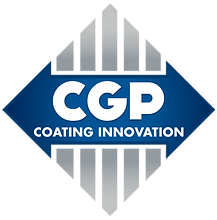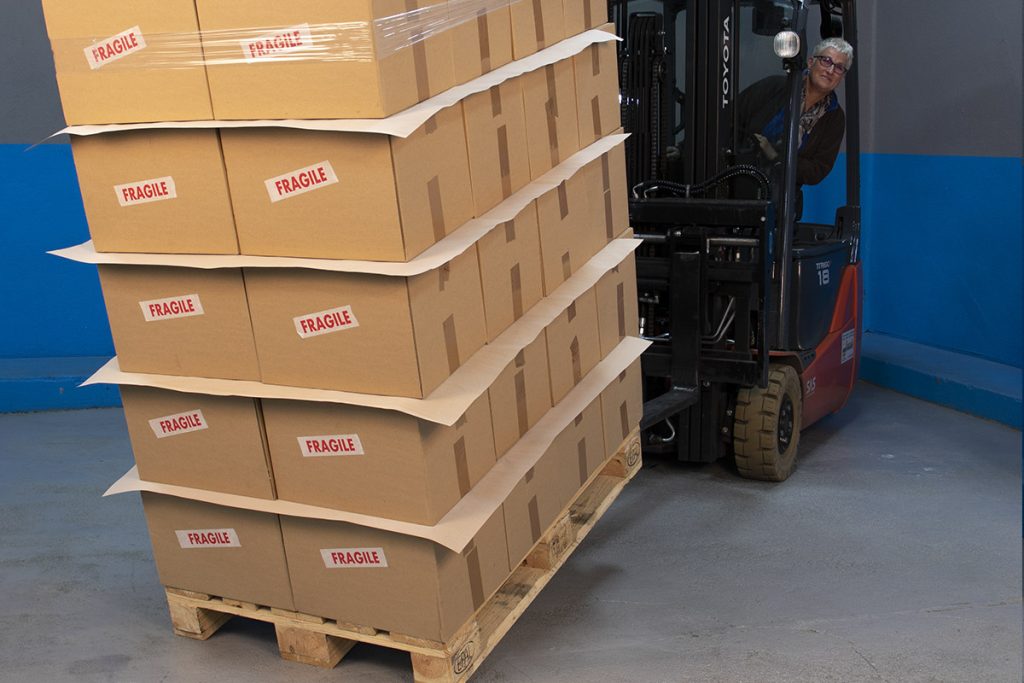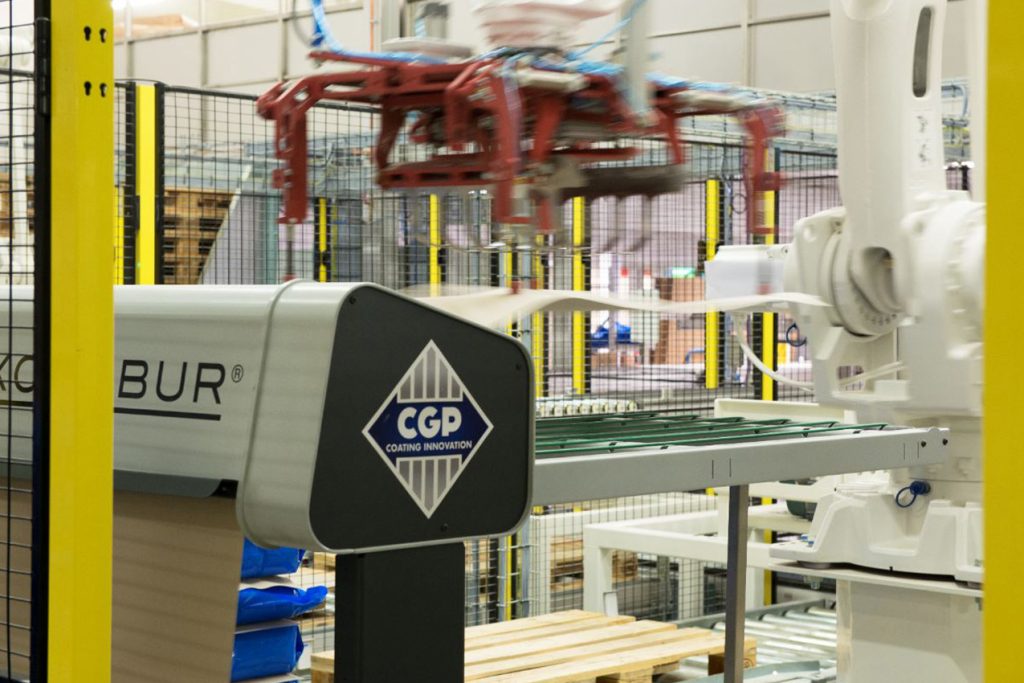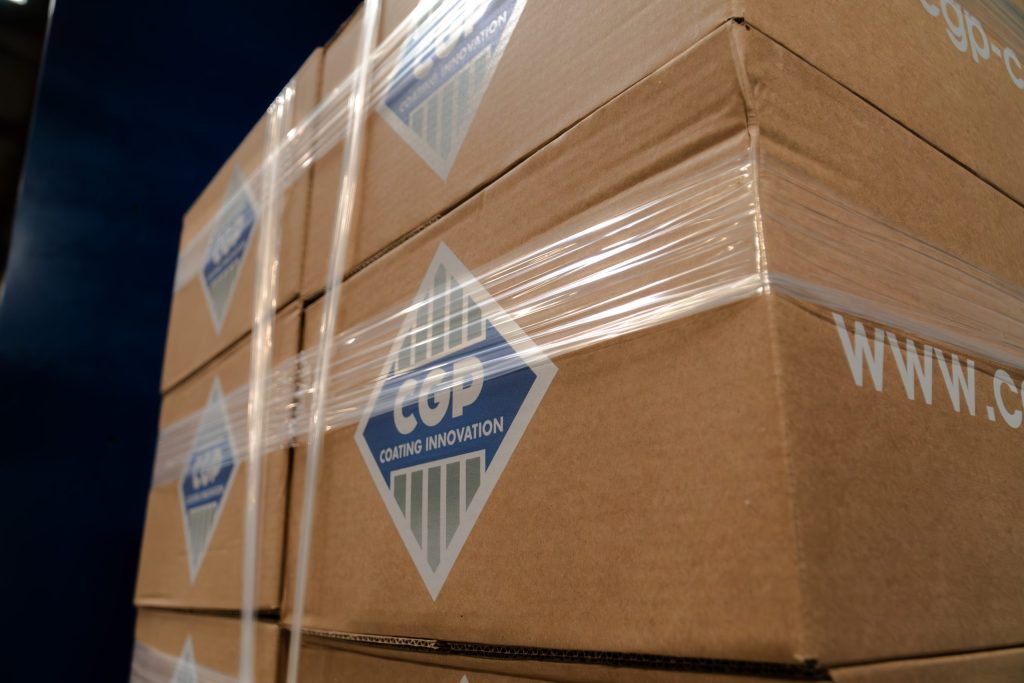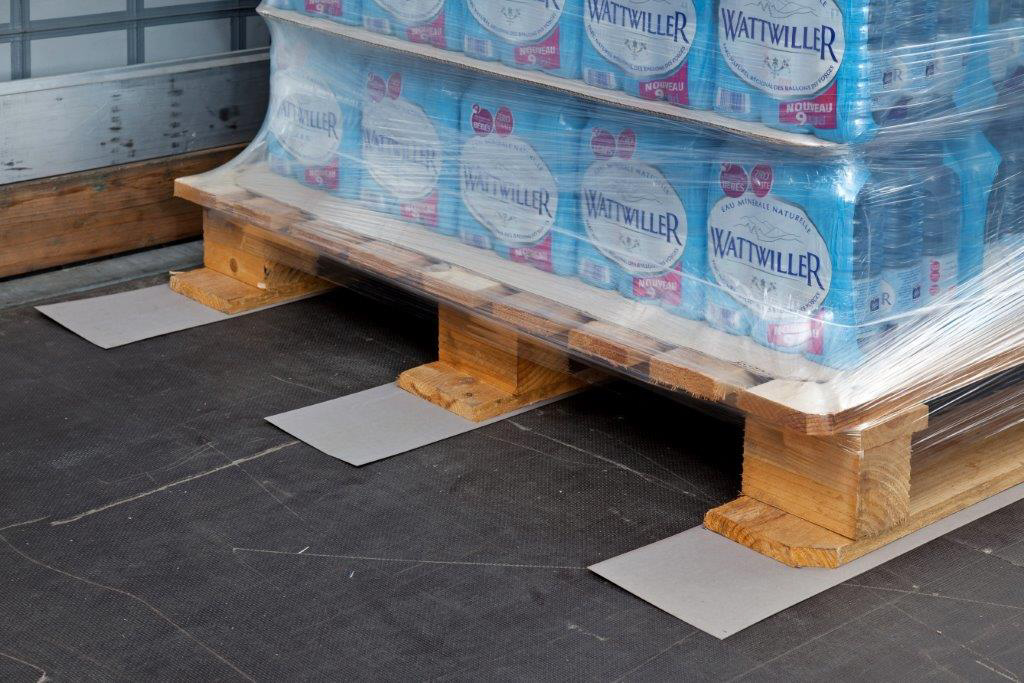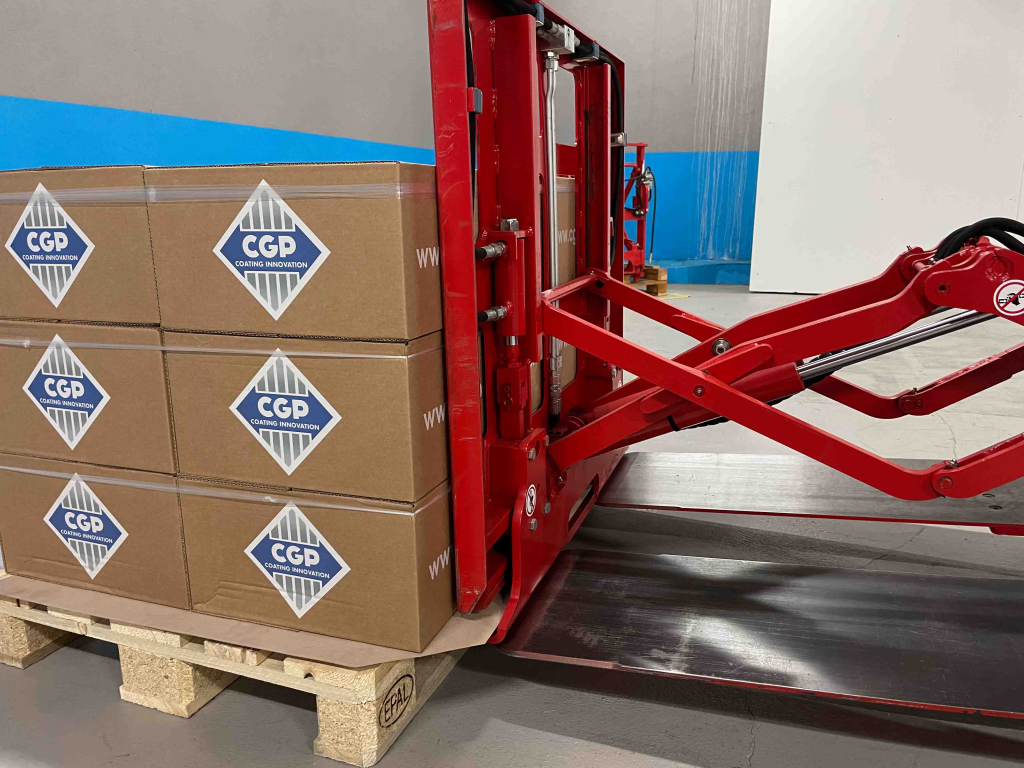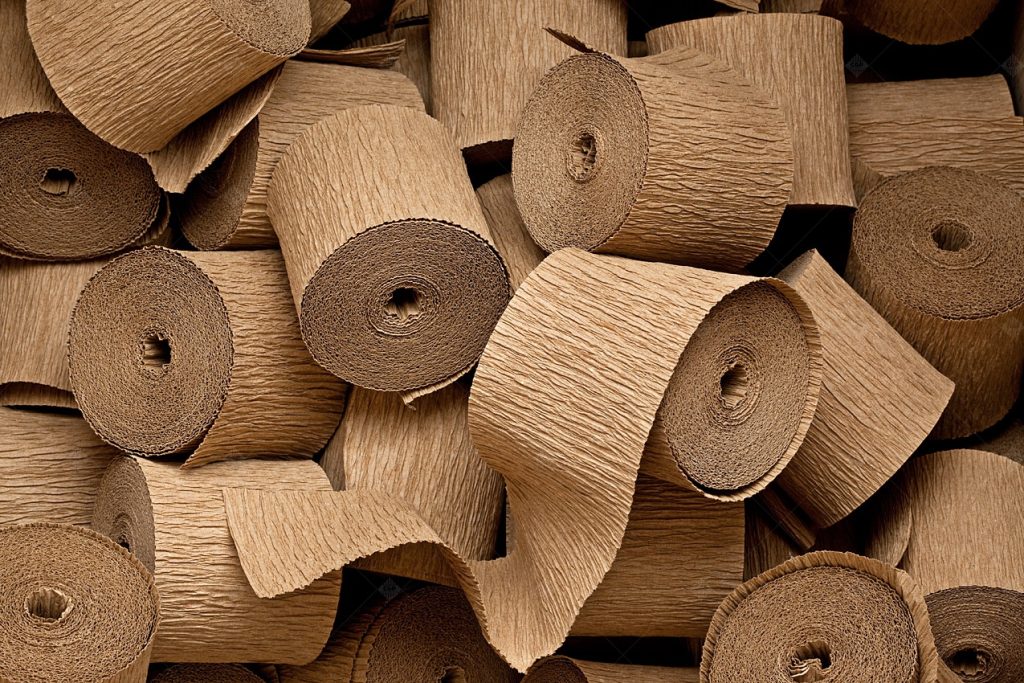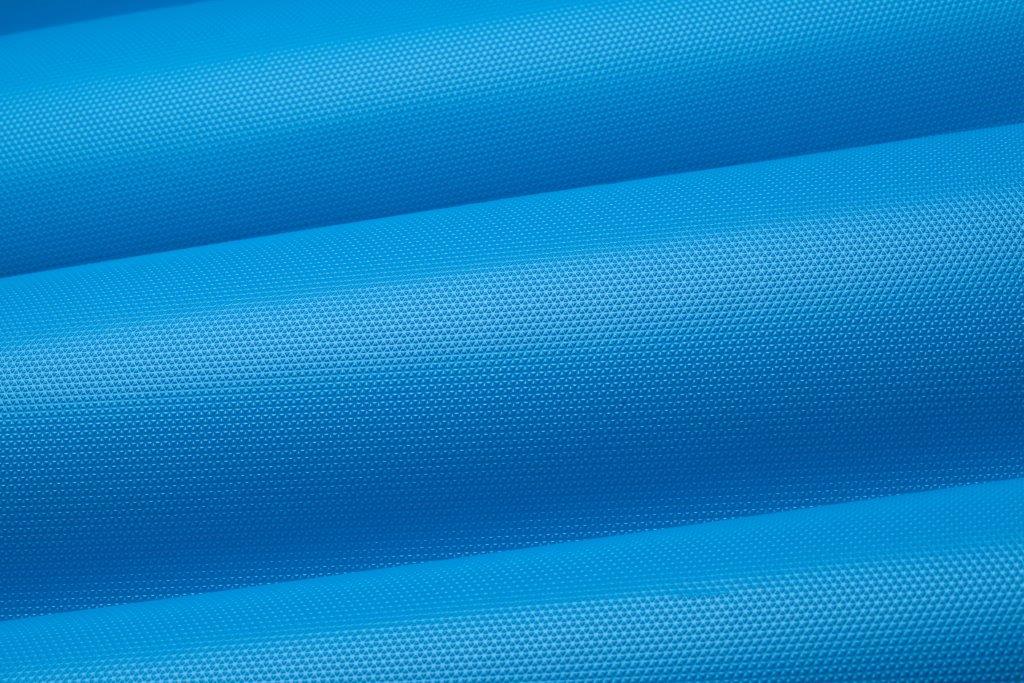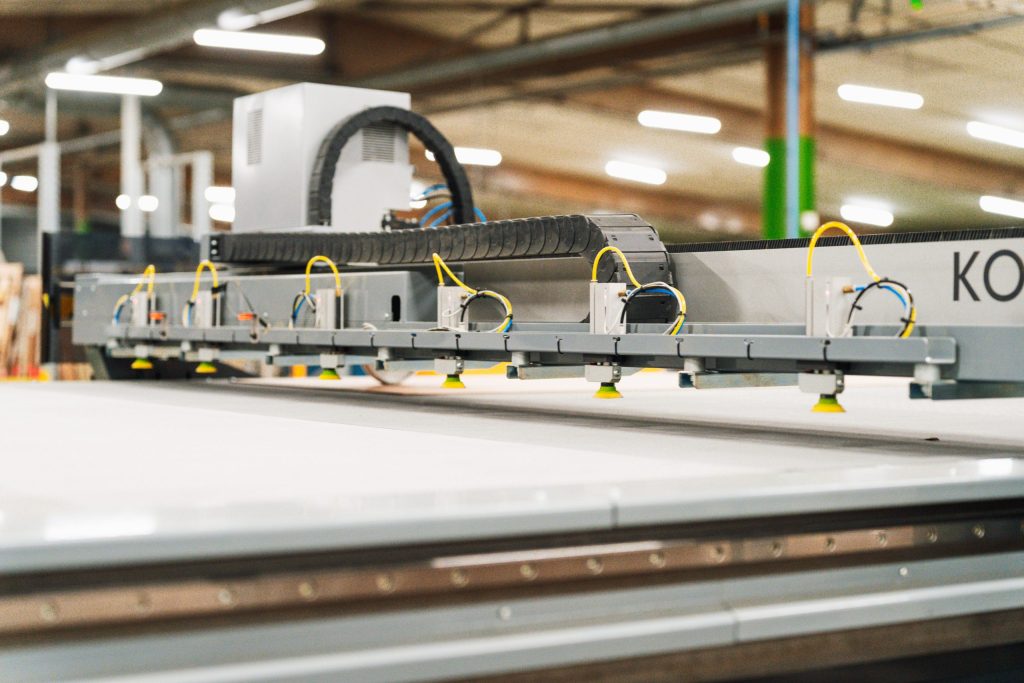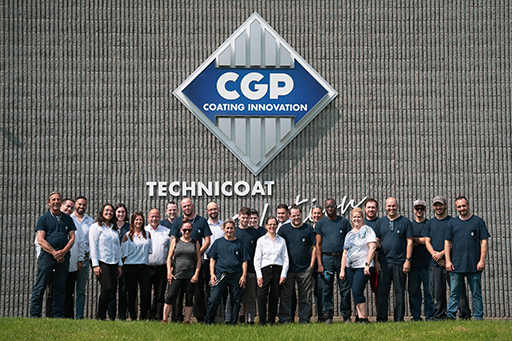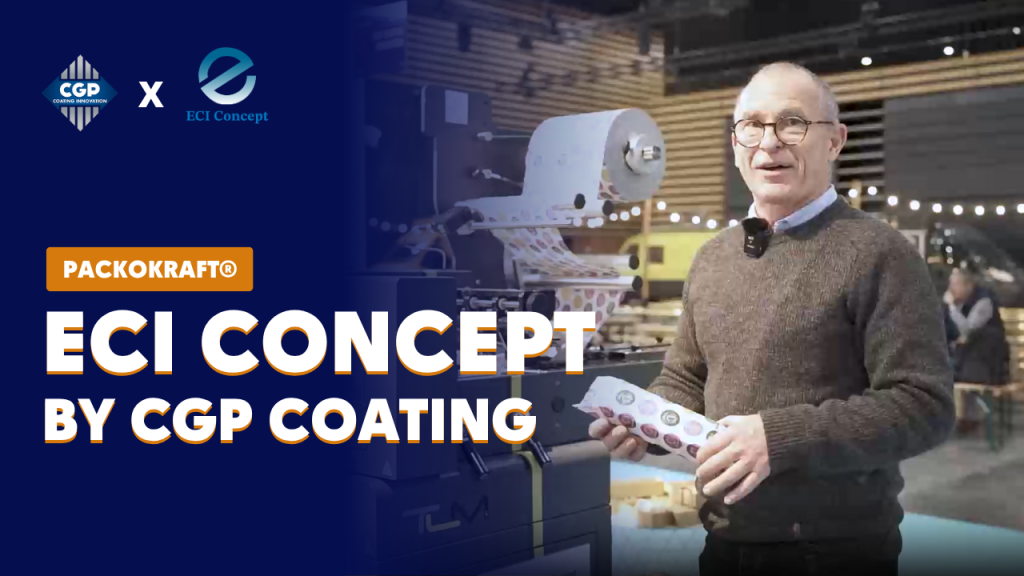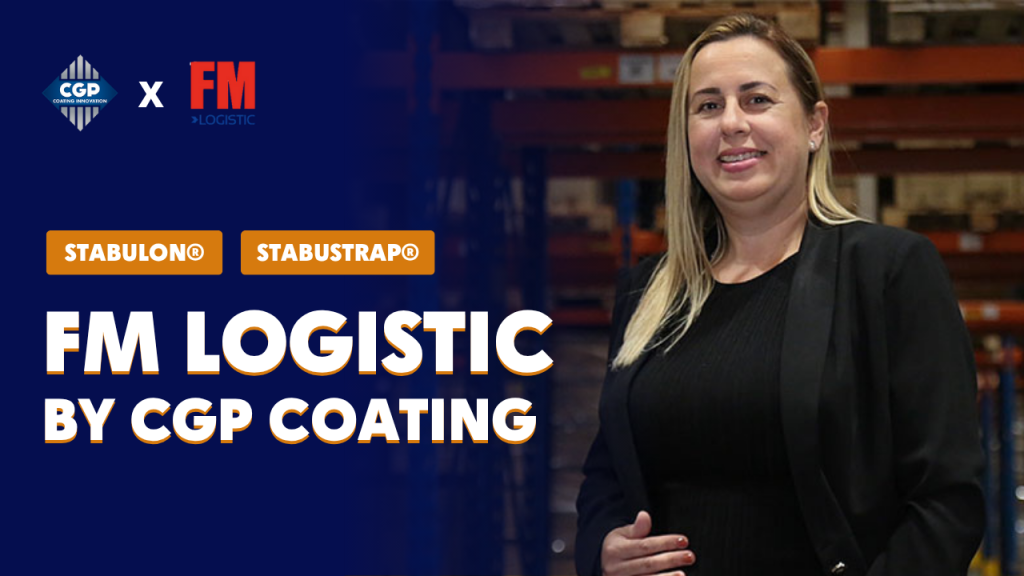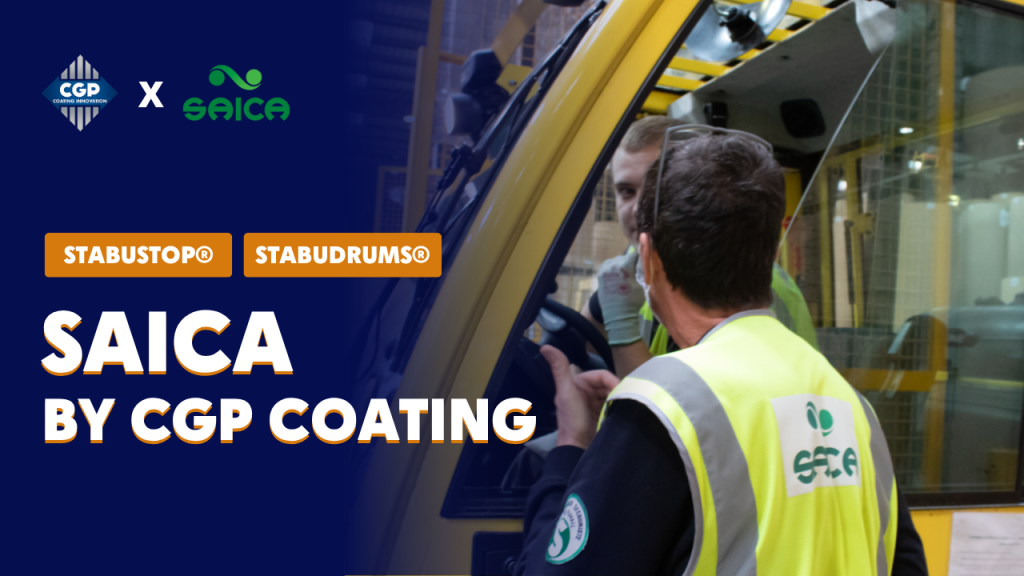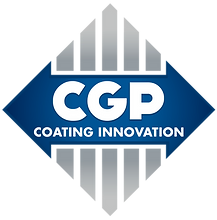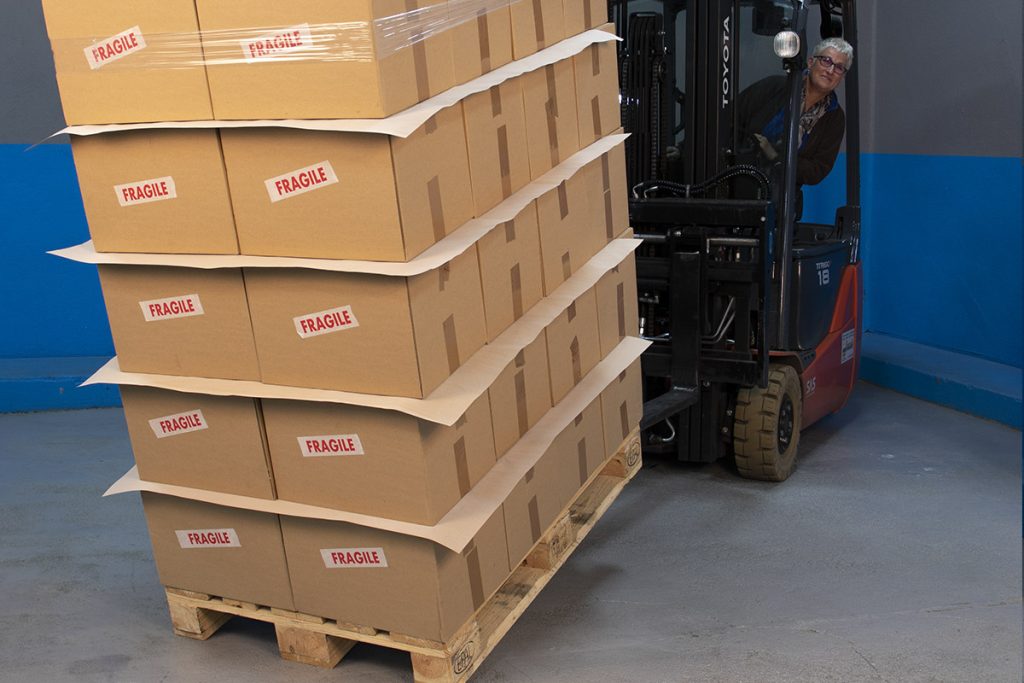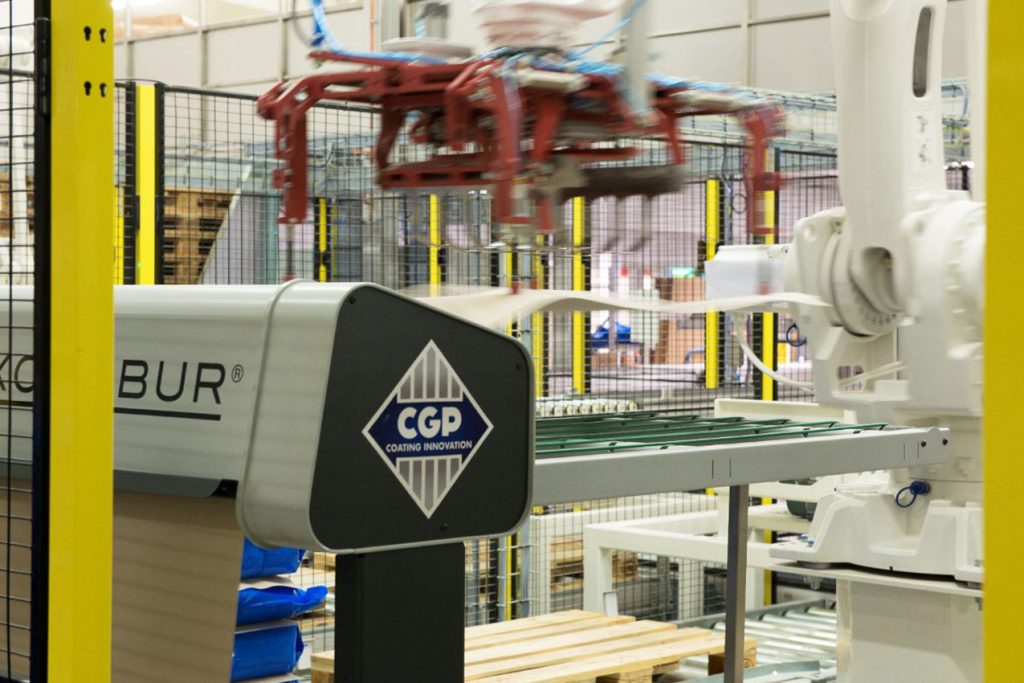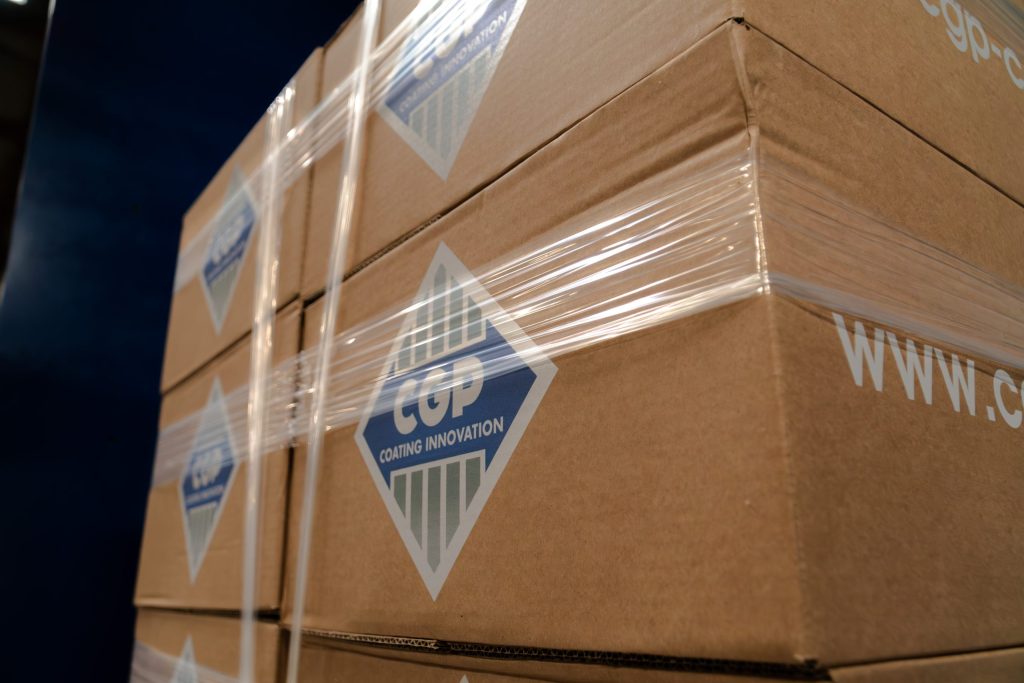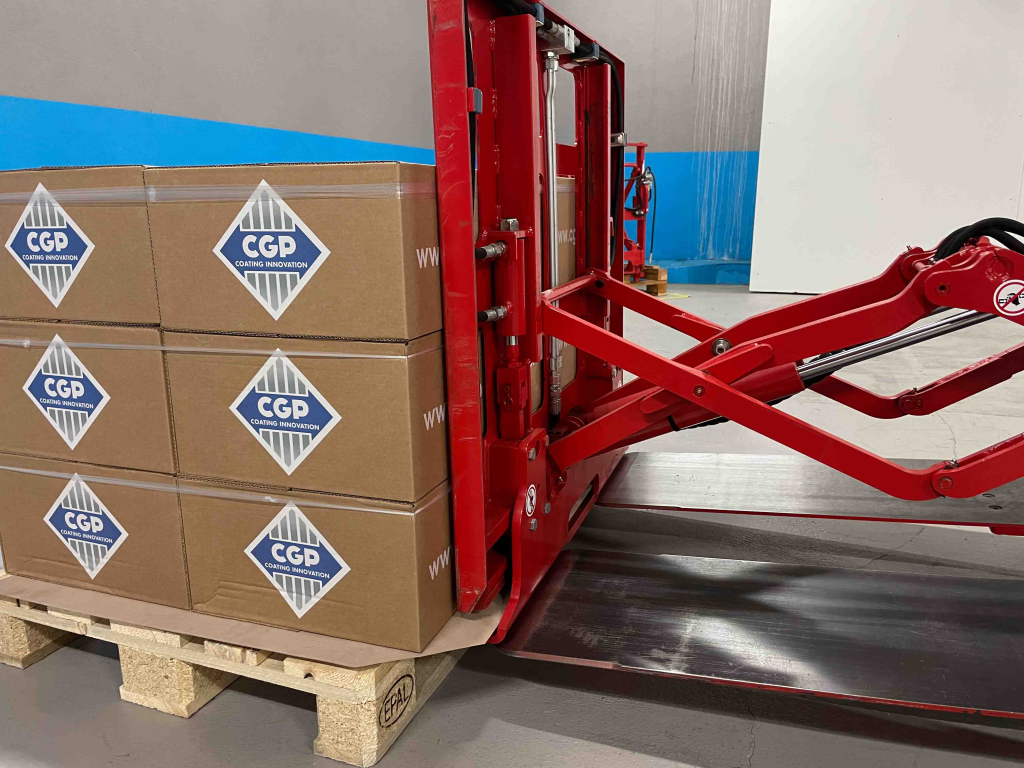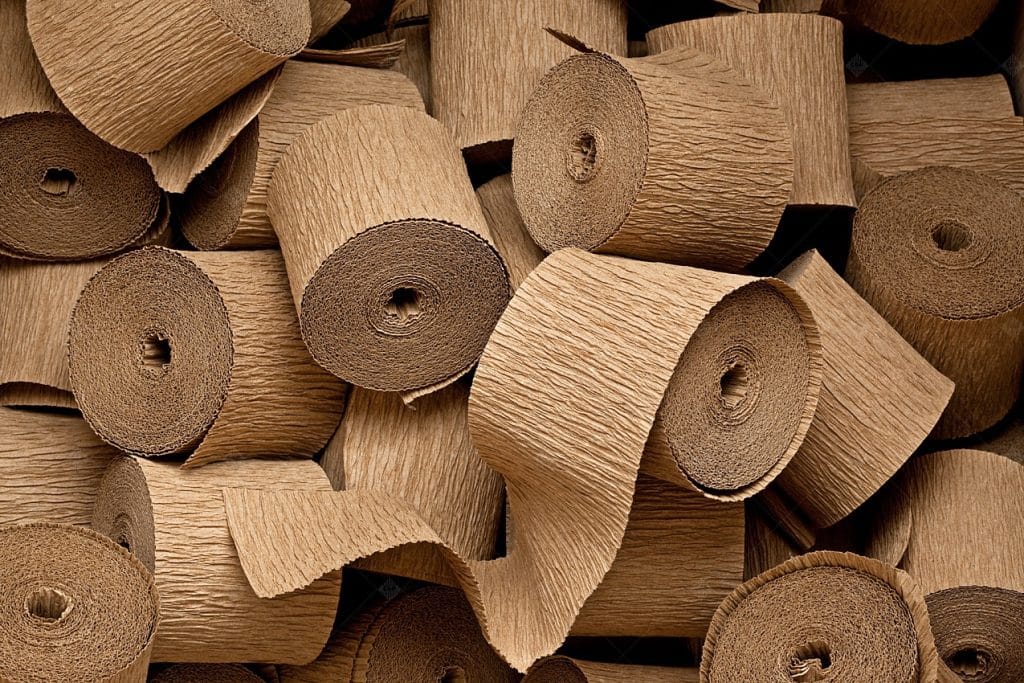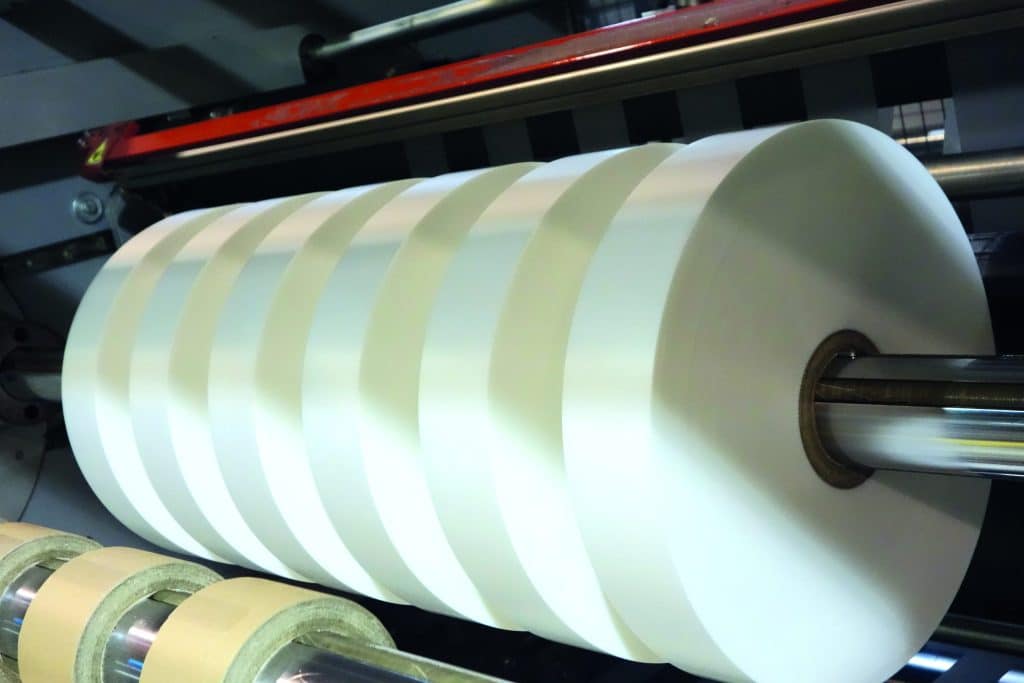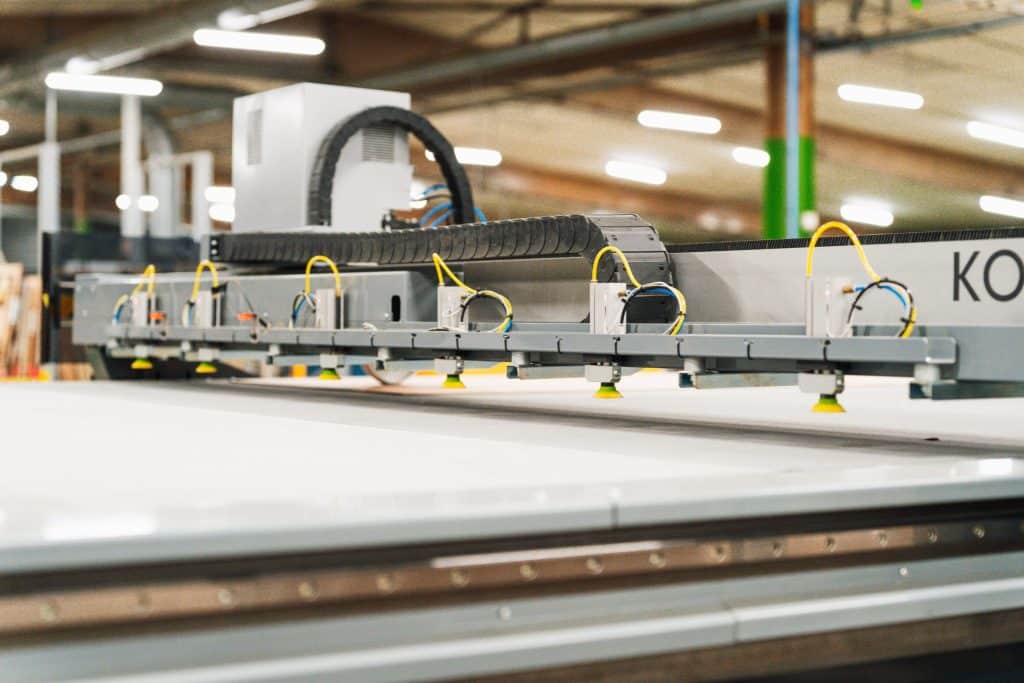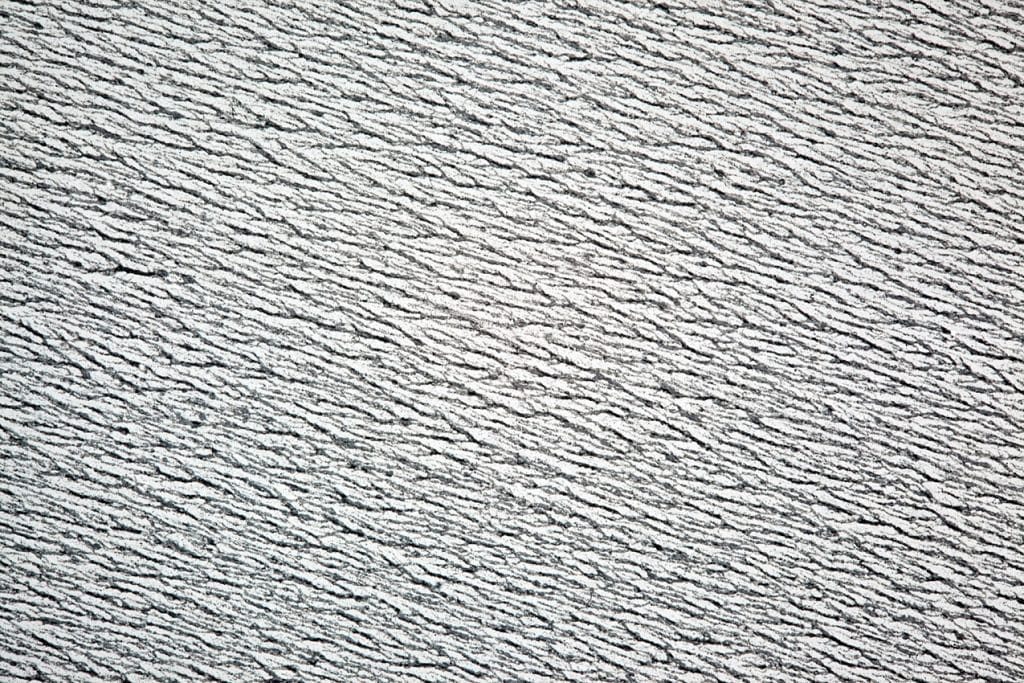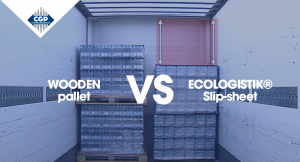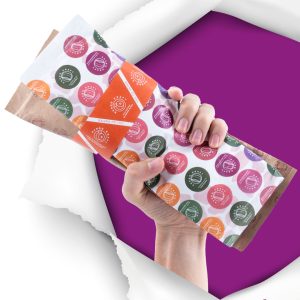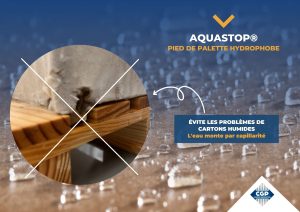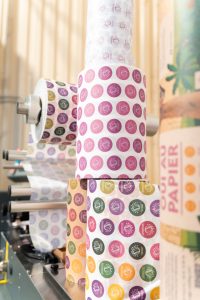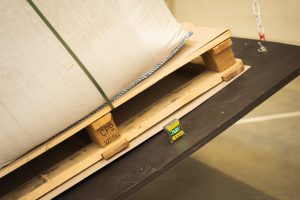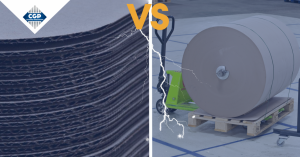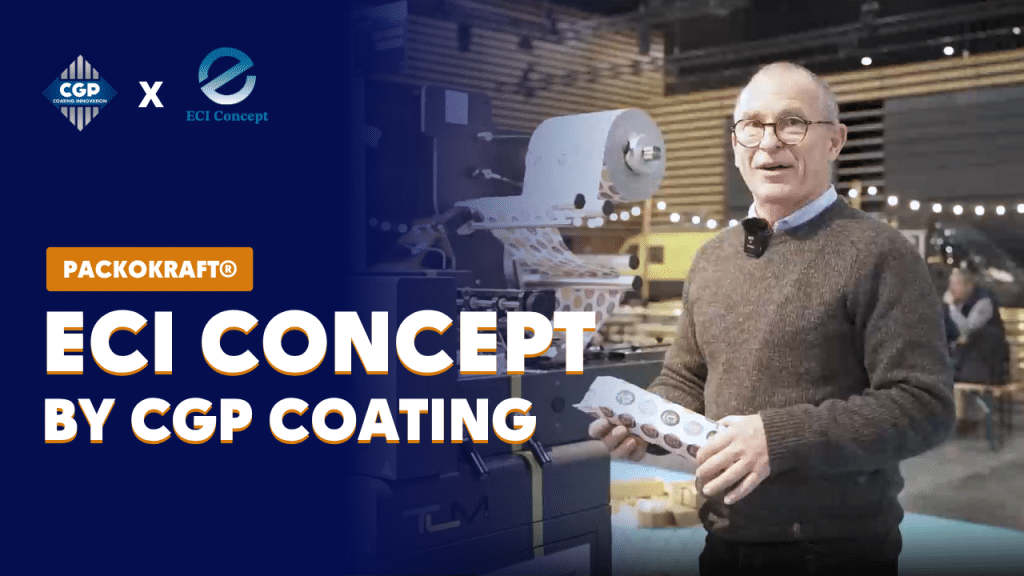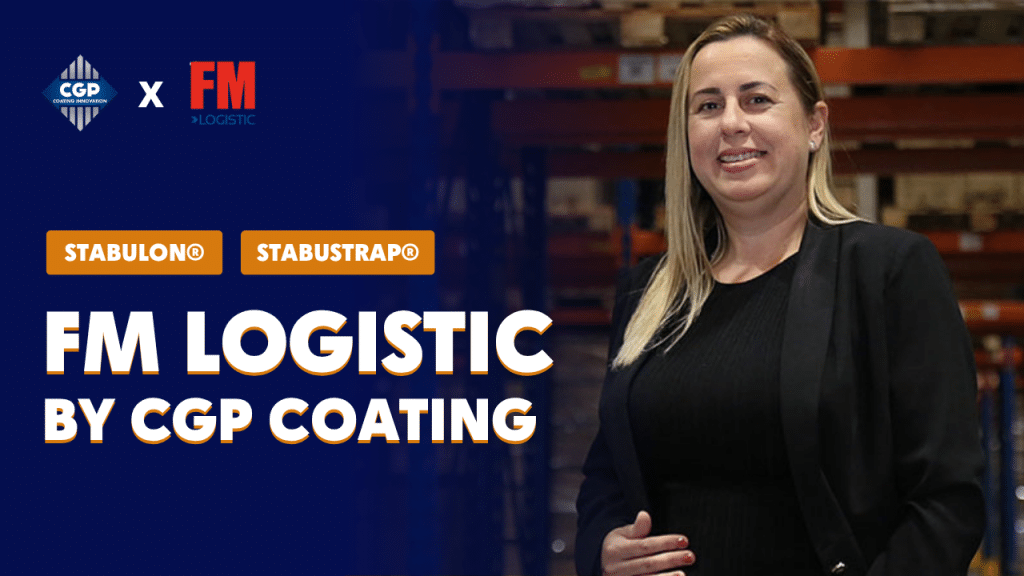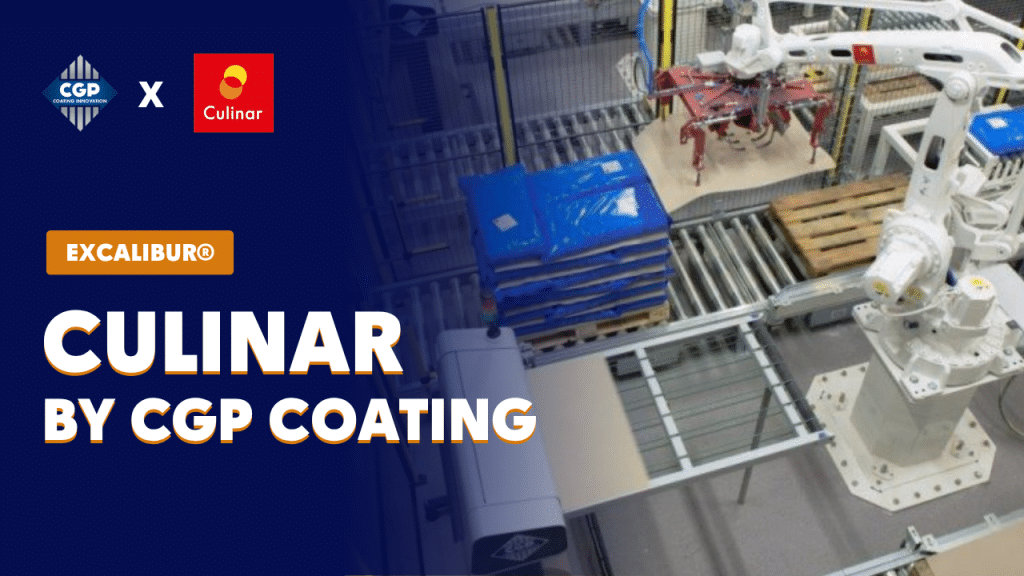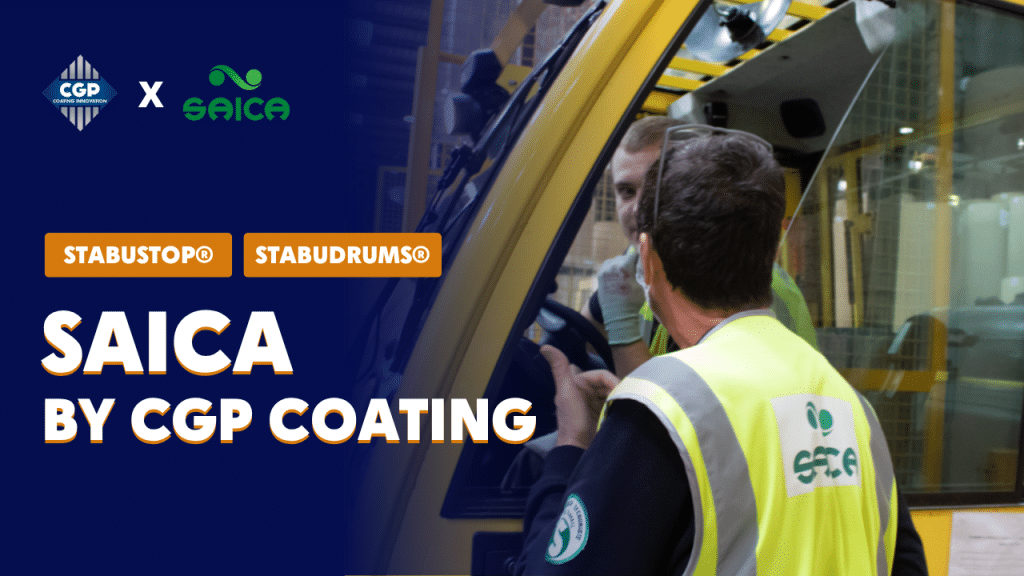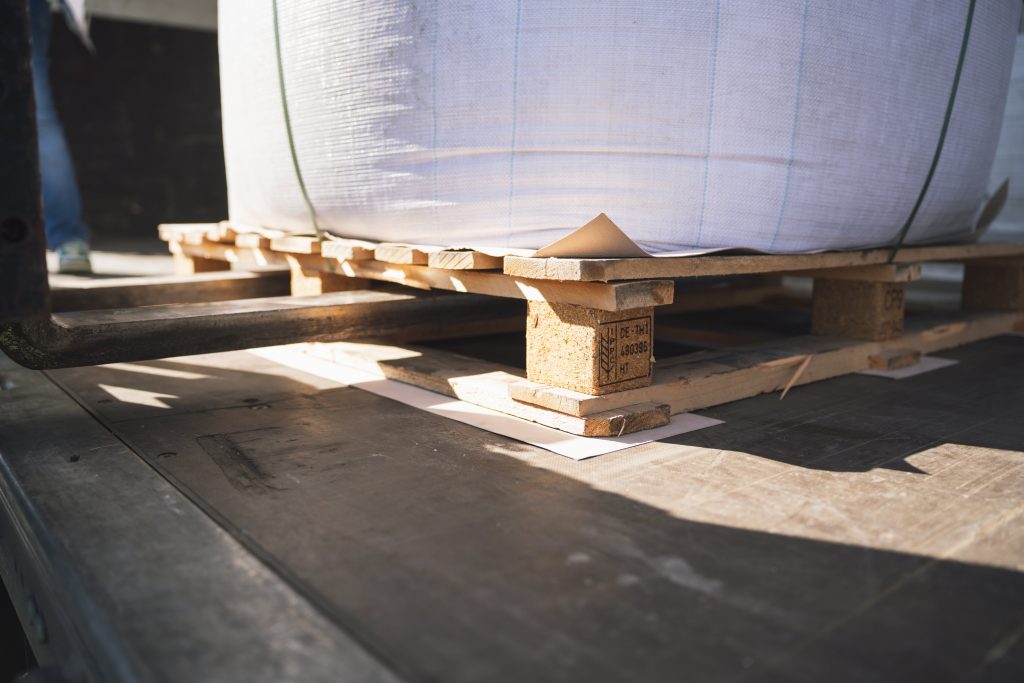
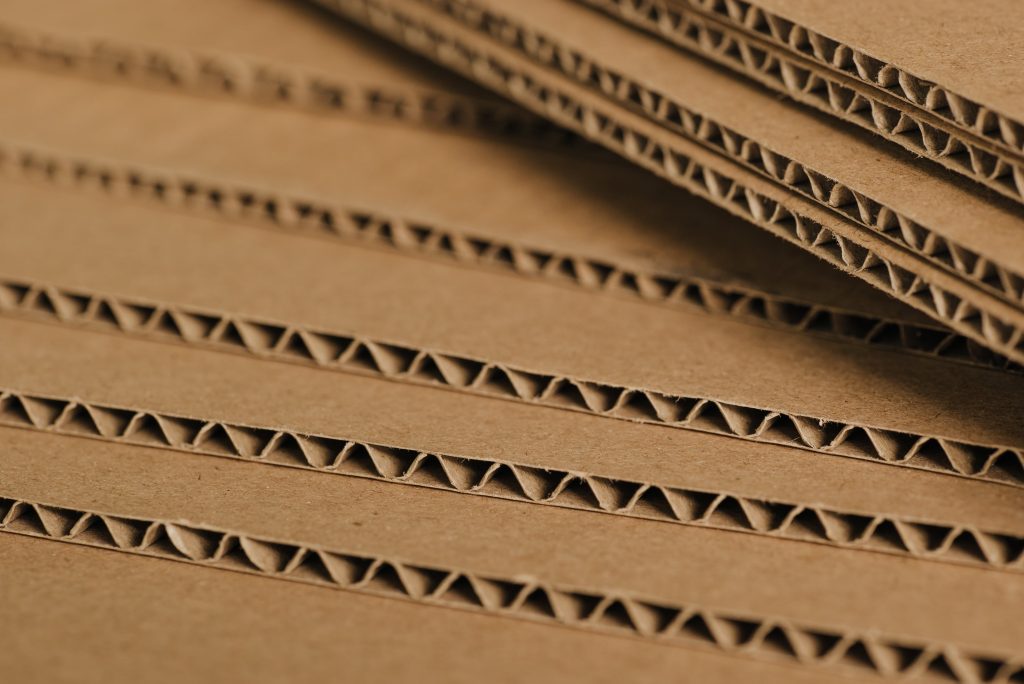
When it comes to stabilising loads on pallets, spacers play a crucial role in ensuring stability, safety and efficiency during transport and storage. Two of the most common options on the market are corrugated cardboard dividers and non-slip paper dividers.
These two types of divider meet different needs and each has specific advantages and disadvantages. Understanding these differences is essential for businesses to make the best choice for their logistical needs, whether that means protecting heavy and fragile products or maximising storage space while preventing goods from slipping. This article examines the characteristics of each type of divider to help businesses make an informed choice.
Corrugated cardboard pallet insert
Corrugated cardboard dividers offer a number of advantages. They are robust, which means they can protect your goods from shocks and vibrations. They can support heavy loads without deforming, which is ideal for bulky and heavy products.
In addition, they provide extra thermal insulation, protecting products that are sensitive to temperature variations. Another advantage is that they can often be reused, reducing long-term costs.
However, corrugated cardboard dividers also have disadvantages. They add more weight and volume to the load, increasing transport costs. What’s more, they are more expensive to buy initially than non-slip paper dividers.
Corrugated cardboard dividers are used for heavy, fragile or bulky loads requiring protection against shock and vibration.
Pallet divider made of non-slip paper
Non-slip paper dividers also have their own advantages. They prevent products from slipping thanks to their high-friction surface. They are lightweight, which reduces transport costs. Their reduced thickness optimises storage and transport space.
What’s more, non-slip paper is often recyclable and can reduce the use of additional packaging materials such as stretch film.
However, these inserts have a limited load-bearing capacity. They are less robust than corrugated board and may not be suitable for very heavy loads. Although they are often cheaper to buy initially, they may need to be replaced more frequently.
Non-slip paper interleaves are ideal for light, uniform products that require a strong grip to prevent slipping.
Comparison of costs and uses
In terms of cost, corrugated dividers have a higher initial cost but can be reused. Non-slip paper dividers are cheaper to buy initially but may need to be replaced frequently.
For specific uses, corrugated board is preferred for heavy loads requiring robust protection, while anti-slip paper is preferred for light loads requiring high anti-slip stability.
Conclusion
The choice between corrugated and non-slip paper dividers depends on the specific needs of the business. Corrugated dividers are ideal for heavy and fragile loads, offering strength and protection against shock and vibration, despite a higher initial cost and additional weight. They are also reusable, which can lead to long-term savings.
Non-slip paper dividers, on the other hand, are better suited to light, uniform loads. Their low weight and ability to prevent products from slipping mean that transport costs can be reduced and storage space optimised. Although their initial cost is lower, they may require more frequent replacement.
By taking into account load requirements, transport conditions and costs, companies can choose the most appropriate solution to ensure efficient and secure logistics, while meeting quality and performance expectations.
